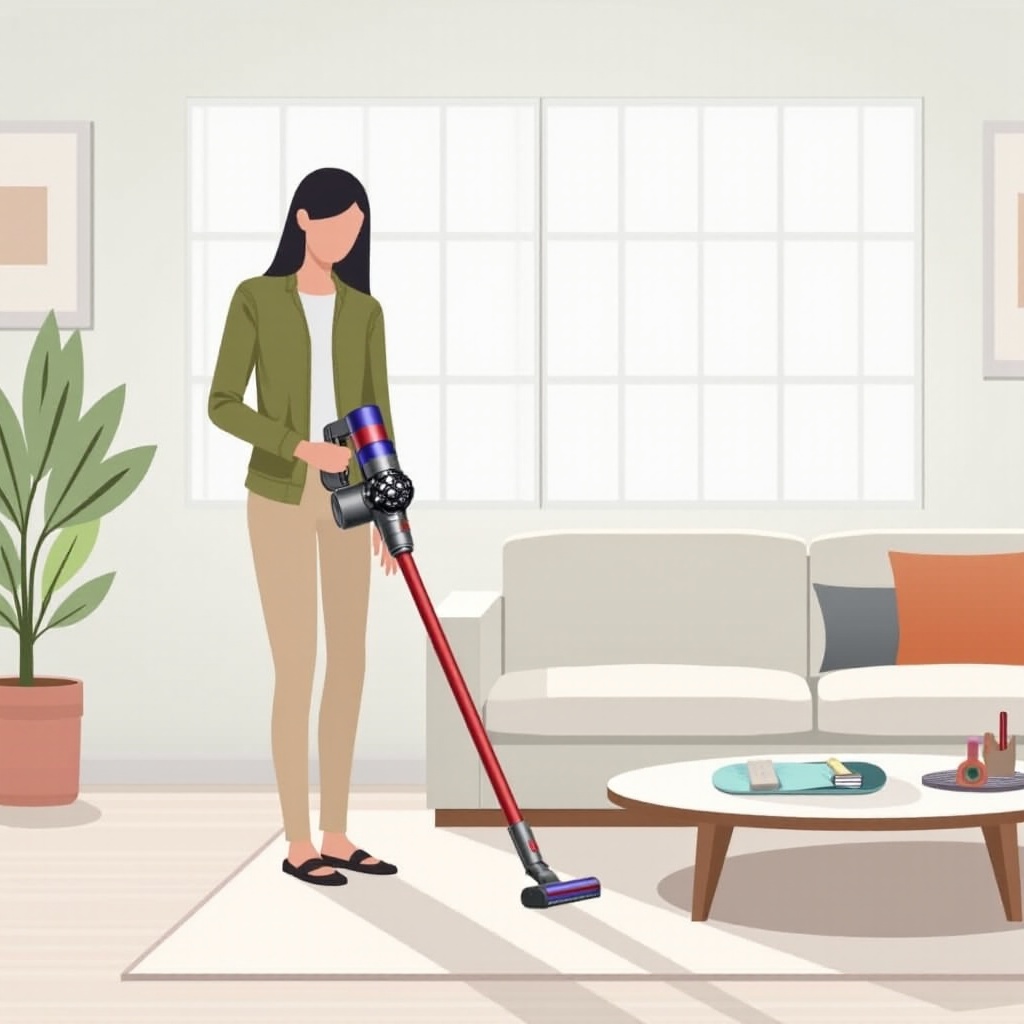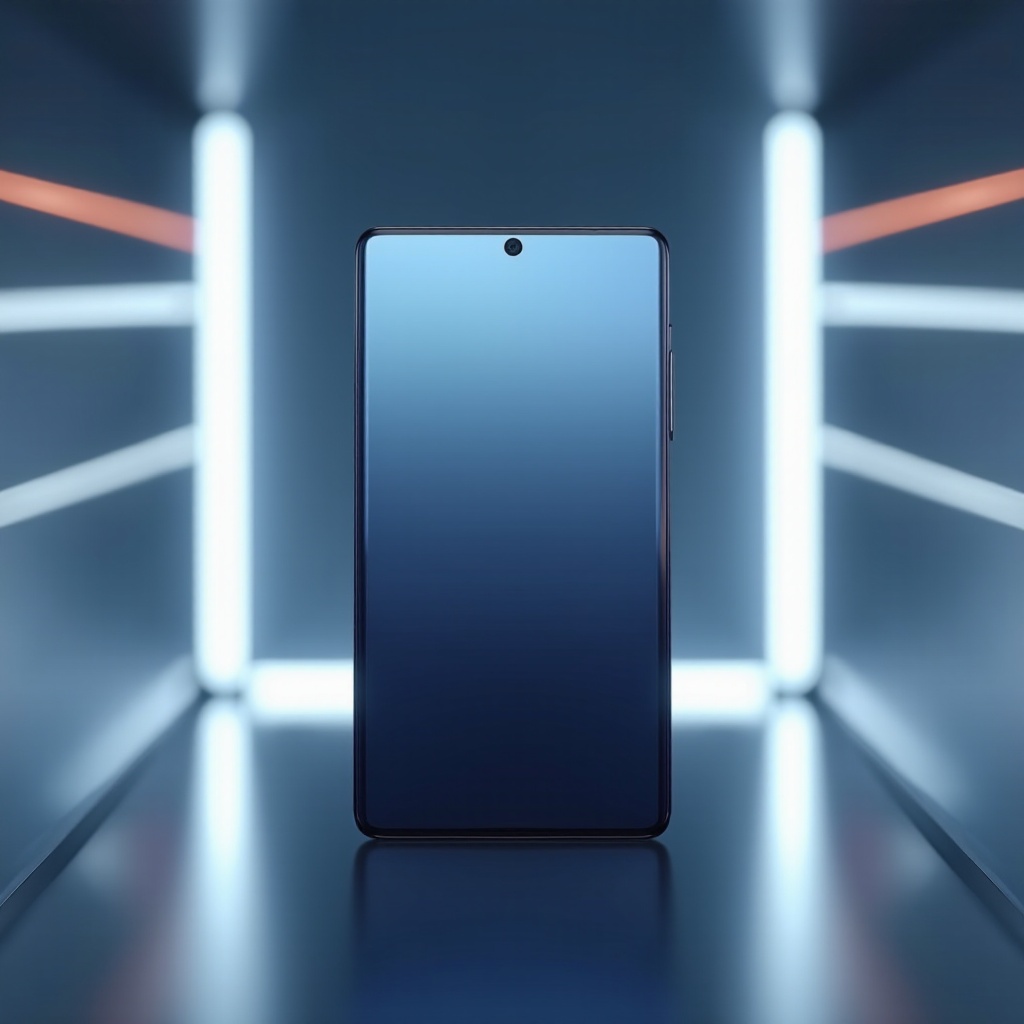Introduction
Seeing your Tesla emit smoke while charging can be alarming. It’s a situation that demands immediate attention and action. While electric vehicles (EVs) like Tesla are designed with advanced safety features, certain conditions and malfunctions can lead to smoke during the charging process. The key is to understand what could be causing this and how to respond effectively.
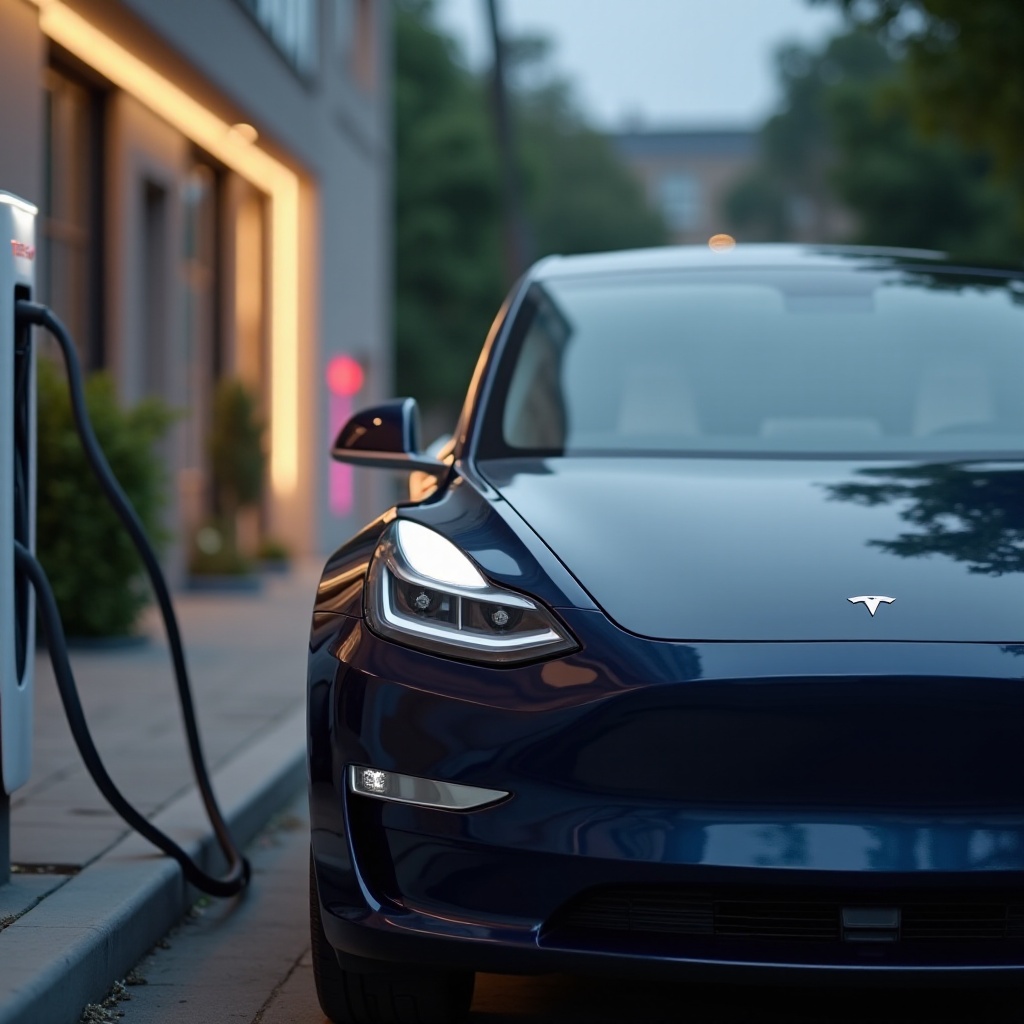
Understanding Tesla Charging Systems
Tesla’s charging systems are engineered to be highly efficient and safe. The system comprises the car’s onboard charger, the charging port, and the external charger, which can either be a Tesla Supercharger or a home charging station. These components work together to manage the power flow and ensure the battery is charged correctly. A typical Tesla charging system operates on both AC (Alternating Current) and DC (Direct Current) systems, converting power from the external source to the car’s battery.
Tesla vehicles also come with sophisticated Battery Management Systems (BMS) that monitor and manage the health of the battery. They control voltage levels and temperature, preventing overheating and other risks that could lead to potential hazards like smoke. Despite these safeguards, issues can still occur, especially if any part of the charging system malfunctions.
Understanding how these systems work can set the stage for identifying problems, as discussed in the next section.
Common Causes of Smoke During Charging
Smoke during charging can signal various issues, ranging from minor malfunctions to serious hazards that need immediate attention. Here are some common causes:
- Faulty Charging Equipment: Using damaged or counterfeit charging cables and plugs can cause overheating, leading to smoke.
- Battery Issues: A battery that is damaged or degraded might overheat when being charged, emitting smoke.
- Electrical Short Circuits: Short circuits within the charging system or the vehicle can generate excessive heat and produce smoke.
- Poor Ventilation: Charging in areas with inadequate ventilation can cause heat build-up, leading to components overheating and smoking.
- Foreign Objects in Charging Port: Debris or foreign objects in the charging port can disrupt the electrical flow and cause overheating.
Understanding these common causes can help you identify potential risks before they turn into major problems.
Now that we understand what could cause smoke during charging, let’s discuss immediate safety actions to take.
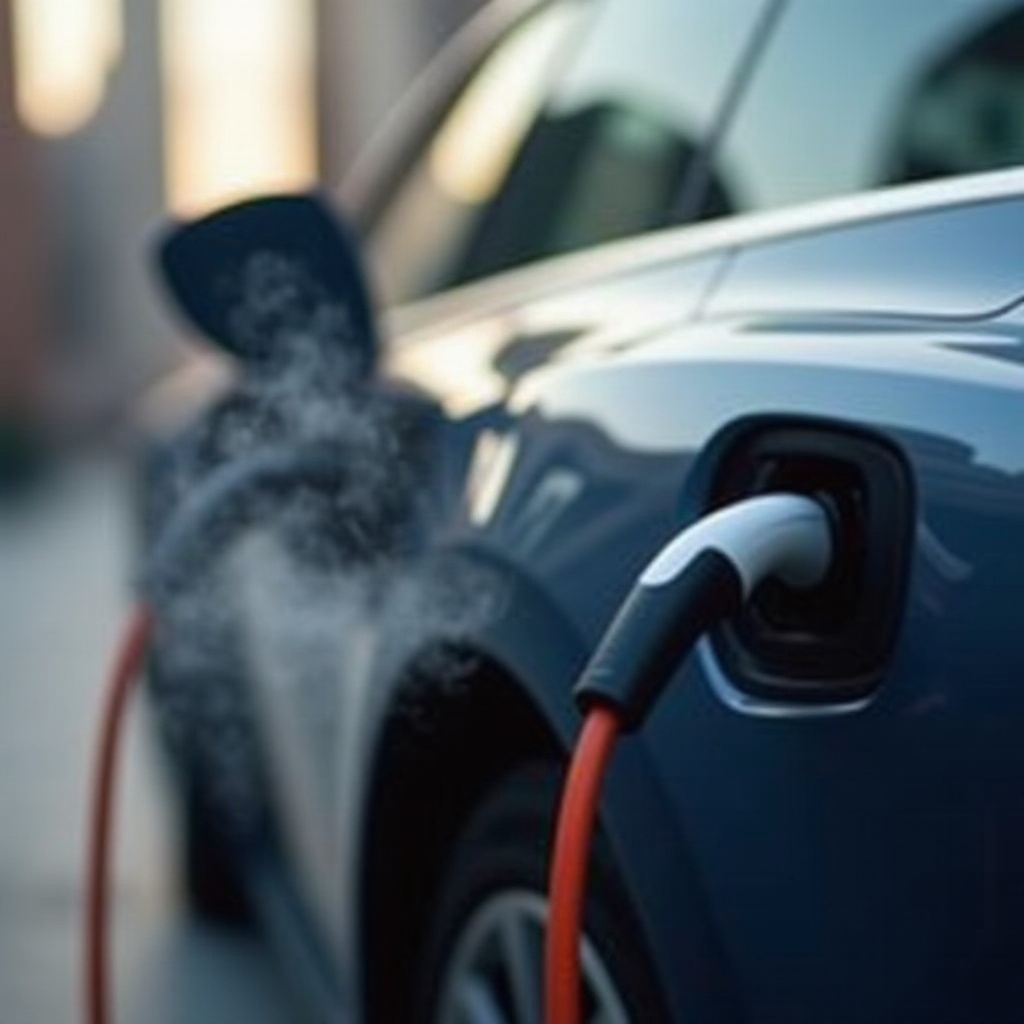
Safety First: Immediate Actions to Take
If you notice smoke coming from your Tesla while it is charging, your primary concern should be safety. Here’s what you should do immediately:
- Stop Charging: Unplug the charging cable from the vehicle to stop the power flow.
- Move the Vehicle: If safe, move your Tesla away from the charging station to prevent any fire hazards.
- Turn Off the Car: Powering down your vehicle can help reduce the risk of further electrical issues.
- Evacuate the Area: If there’s any sign that a fire may be starting, evacuate the area and call emergency services.
- Assess the Situation: Once it’s safe, inspect the charger and charging port for visible damage.
Taking these steps can prevent potential danger and further damage to your vehicle.
Now that you’ve addressed immediate safety concerns, the next step is diagnosing the issue effectively.
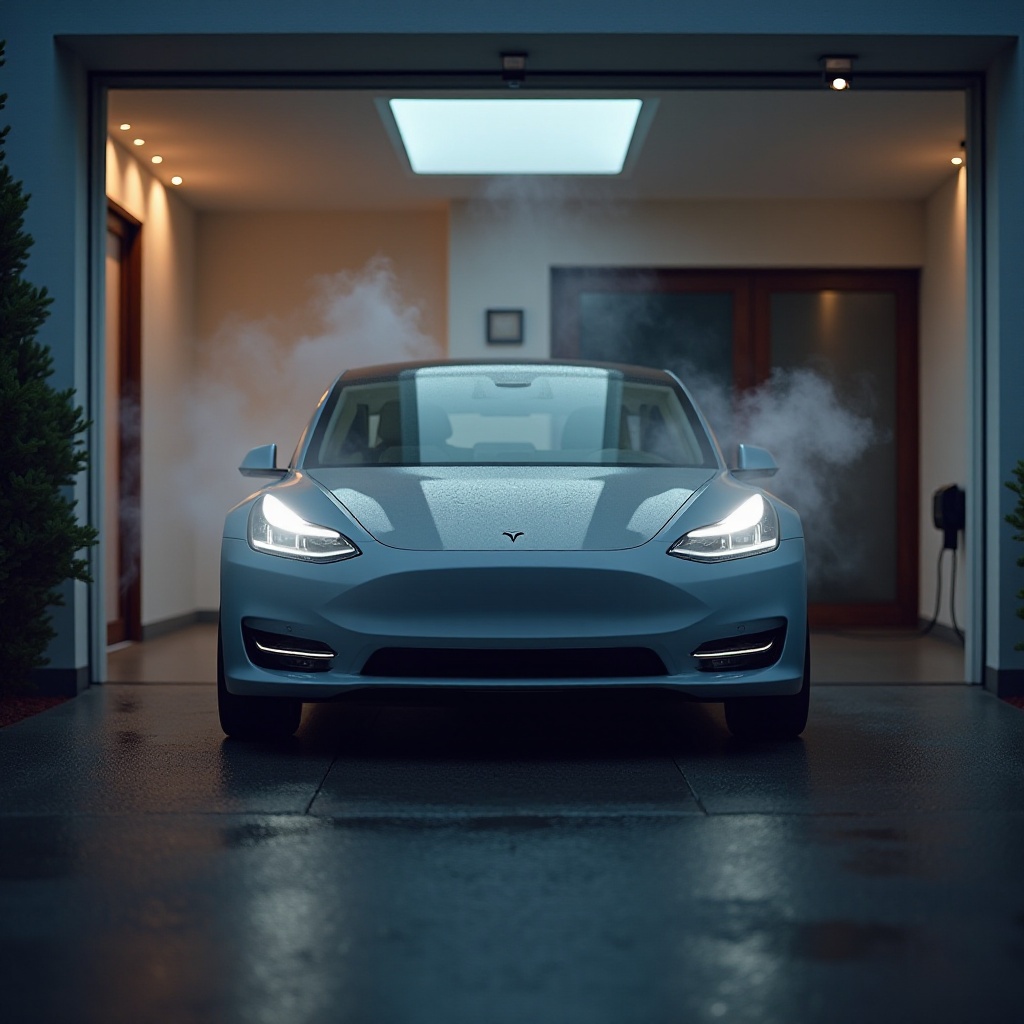
Diagnosing the Issue
After ensuring immediate safety, the next step is to diagnose the issue. Here’s how to investigate:
- Visual Inspection: Check the charging equipment and the vehicle’s charging port for obvious signs of damage or wear.
- Tesla’s Diagnostic Tools: Use the diagnostic tools and notifications available in your Tesla app and on the vehicle’s screen. Tesla often preemptively alerts users to issues.
- Professional Help: Schedule a service appointment with Tesla. Their professional technicians can thoroughly diagnose and fix electrical and battery issues.
Keep records of any diagnostic results and repairs performed, as this information can help in future diagnostics or warranty claims.
After diagnosing the issue, it’s crucial to adopt preventive measures to ensure the safety of your vehicle.
Preventative Measures and Maintenance
Maintaining your Tesla and its charging system is crucial to preventing issues like smoke during charging. Here are some preventative measures:
- Regular Inspections: Periodically check your charging cables and equipment for wear or damage.
- Certified Equipment: Always use certified Tesla chargers and components to ensure compatibility and safety.
- Clean Charging Port: Keep the charging port clean and free from foreign objects.
- Professional Checks: Have a professional check your vehicle’s charging system regularly.
These steps will help maintain your vehicle’s charging system in good condition, reducing the risk of any charging-related incidents.
Conclusion
Smoke while charging your Tesla is a serious concern that requires immediate action and follow-up. Ensuring you address the root cause with professional help and adopting preventative measures can help keep your Tesla safe and operational.
Frequently Asked Questions
What should I do if I see smoke while my Tesla is charging?
If you see smoke, immediately stop charging, move your vehicle if safe, turn off the car, evacuate the area if necessary, and contact Tesla service.
Can using non-certified charging equipment cause smoke?
Yes, using non-certified or faulty charging equipment can lead to overheating and smoke. Always use certified Tesla chargers.
How often should I have my Tesla’s charging system checked?
It’s recommended to have your Tesla’s charging system checked during regular service intervals, or immediately if you notice any issues. Regular maintenance can prevent potential problems.

